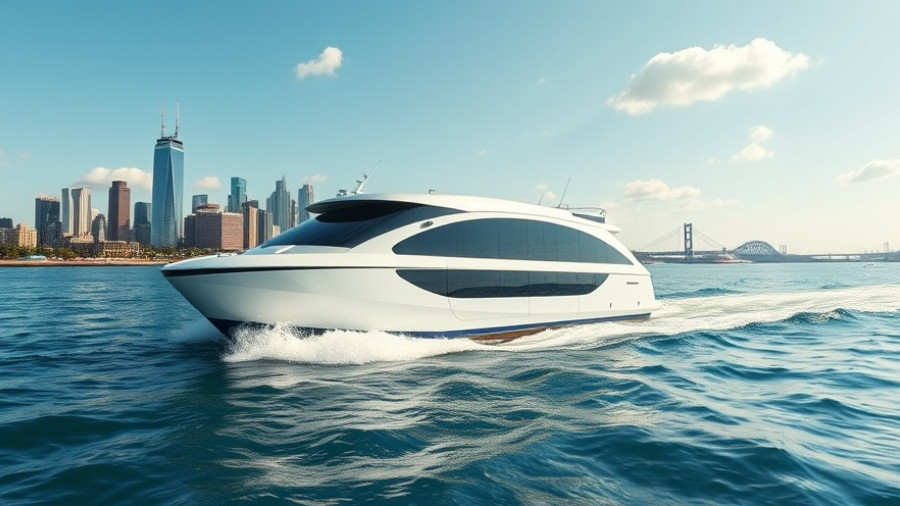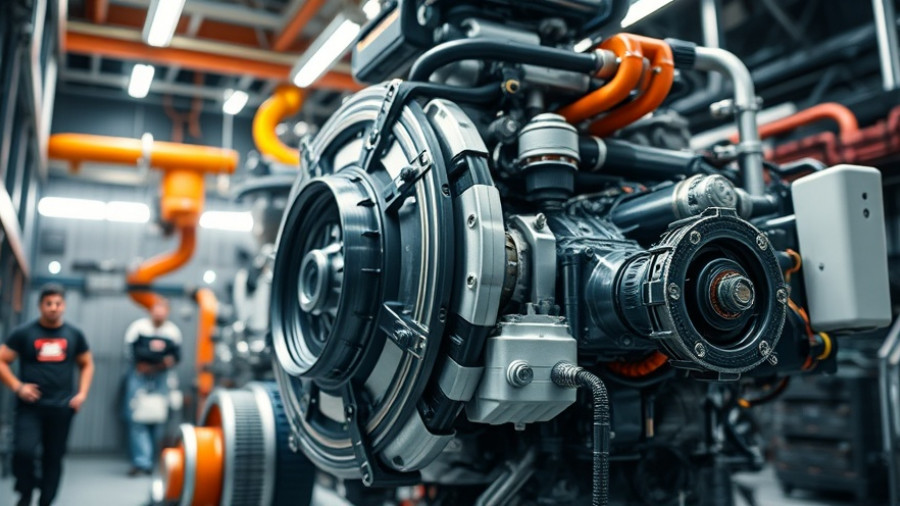
Revolutionizing Maritime Operations: Denmark Takes the Lead
In an unprecedented move for the maritime industry, Denmark has launched the world’s first remote pilotage program under the approval of the Danish Emergency Management Agency. This innovative initiative, spearheaded by DanPilot, in partnership with Danelec, marks a significant advancement towards safer and more sustainable shipping practices. The test program is a culmination of six years of dedicated development, aimed at allowing pilots to navigate vessels from land, utilizing real-time data transmitted directly from the ships.
Remote pilotage not only enhances the safety of maritime operations but also contributes to reducing CO2 emissions and operational costs. Erik Merkes Nielsen, the CEO of DanPilot, emphasizes the potential of this technology to transform traditional pilotage practices, stating, "Remote pilotage makes our work safer and helps reduce both CO2 emissions and operational costs for our customers." This innovation will notably support Denmark's efforts in becoming a frontrunner in sustainable maritime practices.
Why Remote Pilotage Matters for the Maritime Industry
The traditional method of pilotage requires physical boarding of ships, which introduces significant risks to pilots and involves logistical challenges. Remote pilotage provides an effective solution by eliminating the need for pilot boats and allowing for real-time navigation without the physical presence of a pilot on board. As the Danelec CEO, Casper Jensen, articulates, such technological advances are not just crucial for efficiency but also vital for enhancing safety protocols in maritime operations.
A New Era in Navigational Safety
The remote pilotage program is designed to operate in the Kattegat and the western Baltic Sea. It specifically targets transits that do not necessitate compulsory pilotage, potentially affecting up to 10% of DanPilot's operations. The technology relies on key ship data, including course, speed, and position, transmitted via the ship’s Voyage Data Recorder (VDR) to DanPilot's control center in Randers. Here, a pilot monitors this data using advanced software, ensuring navigational guidance without the risks associated with boarding ships.
Environmental Benefits: A Greener Future for Shipping
Aside from safety enhancements, remote pilotage contributes to environmental sustainability. By reducing the need for pilot boats and allowing ships to maintain their course and speed without interruption, fuel consumption can be significantly decreased. This is crucial as the shipping industry strives to meet stricter environmental regulations and reduce its carbon footprint. With climate change success increasingly tied to innovative practices, Denmark's initiative serves not just its local industry but sets a global precedent.
Current Collaborations and Future Applications
The pilot program is set to collaborate with several shipping companies, including industry giant Maersk. As proof of concept for this transformative approach, the program lays the groundwork for regulatory guidelines internationally, which may pave the way for similar initiatives in other maritime jurisdictions. This collaborative process not only fosters trust in the technology but also encourages a networked approach to safety and efficiency.
The Road Ahead: Navigating Challenges in Remote Pilotage
Despite the promising prospects, several challenges lie ahead. Key among them is ensuring that cybersecurity measures are robust, as the success of remote pilotage hinges on the safety of data transmission. Danelec's emphasis on cybersecurity represents a significant aspect of this endeavor, as protecting sensitive navigational data from potential breaches is paramount.
The pilot program serves as a critical step toward establishing comprehensive regulation for remote pilotage globally. With continued investment and interest, this pilot initiative could lead to broader applications beyond Denmark, making waves in maritime operations worldwide. The successful implementation of remote pilotage not only represents a technological breakthrough but signifies a strategic shift towards a more sustainable shipping future.
 Add Row
Add Row  Add
Add 




Write A Comment